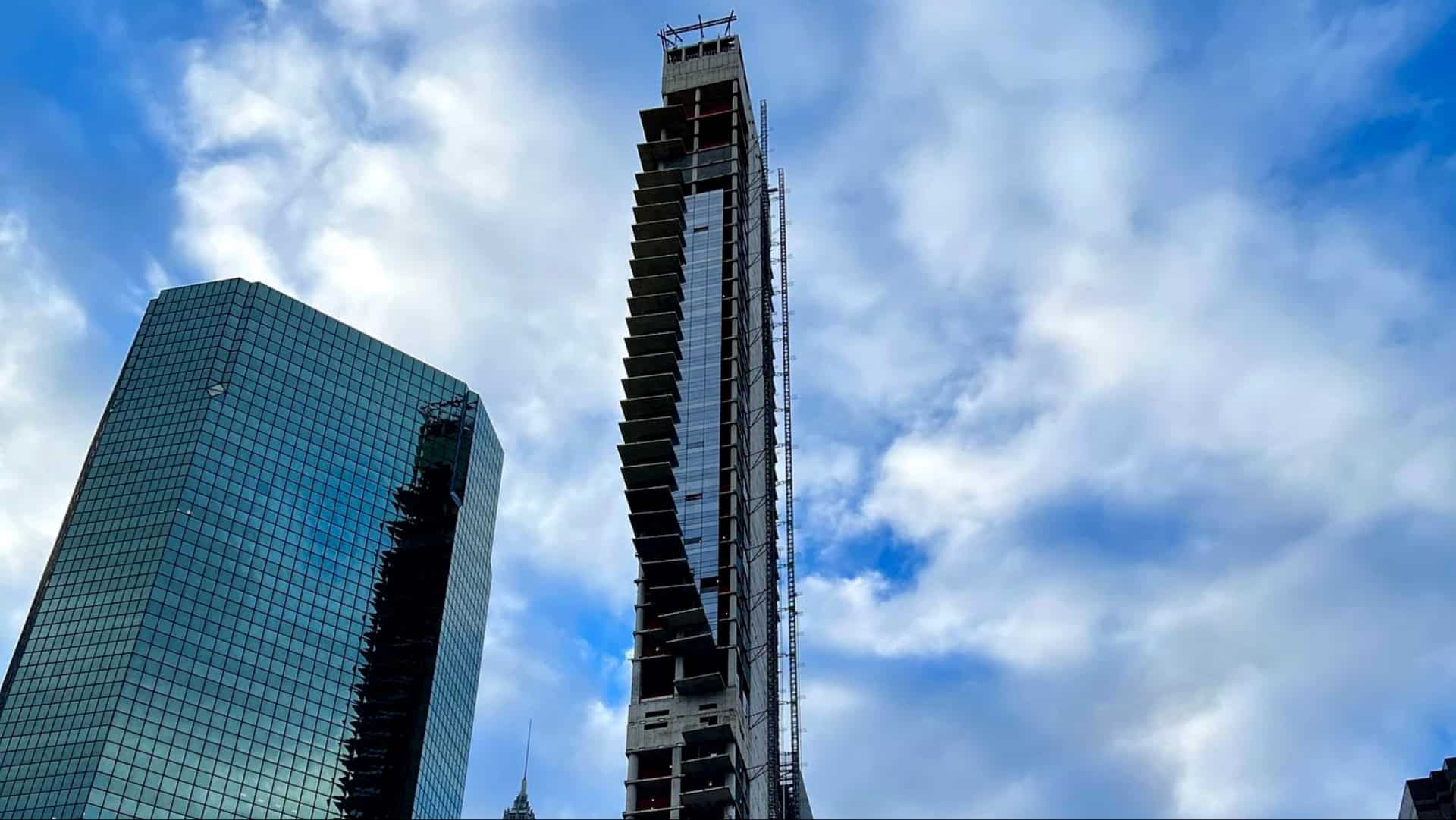The leaning skyscraper at 161 Maiden Lane in New York City is both an engineering marvel and a legal quagmire.
Standing 205 meters tall, this residential tower has captured attention due to its noticeable three-inch northward tilt.
The cause of this lean stems from an unconventional foundation method, leading to a series of lawsuits and halting construction in 2020.
1. Foundation Construction and Its Consequences
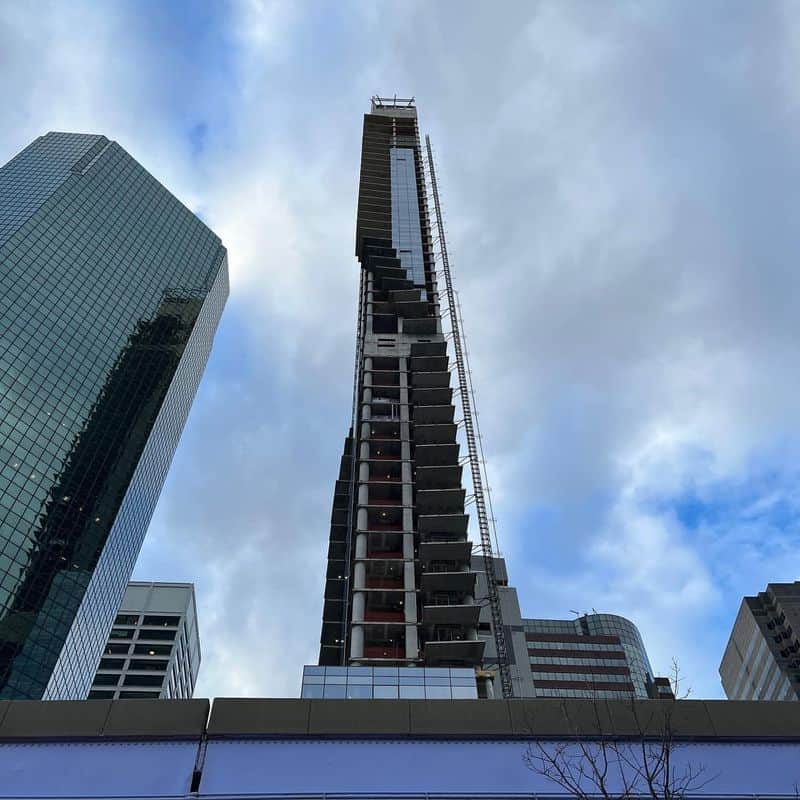
The structural tilt of 161 Maiden Lane results from a novel foundation technique that has backfired spectacularly.
Originally envisioned as a groundbreaking method, this alternative approach was intended to streamline construction and reduce costs.
However, the unforeseen shift in the building’s alignment has posed significant challenges. Inhabitants face potential issues like malfunctioning windows and elevators.
Litigation ensued as stakeholders sought accountability for the oversight.
Despite the adversity, the situation has prompted a reevaluation of construction norms, emphasizing the need for innovation balanced with caution.
Architects and engineers are now scrutinized for their approach to high-rise designs.
2. Legal Battles and Construction Halt
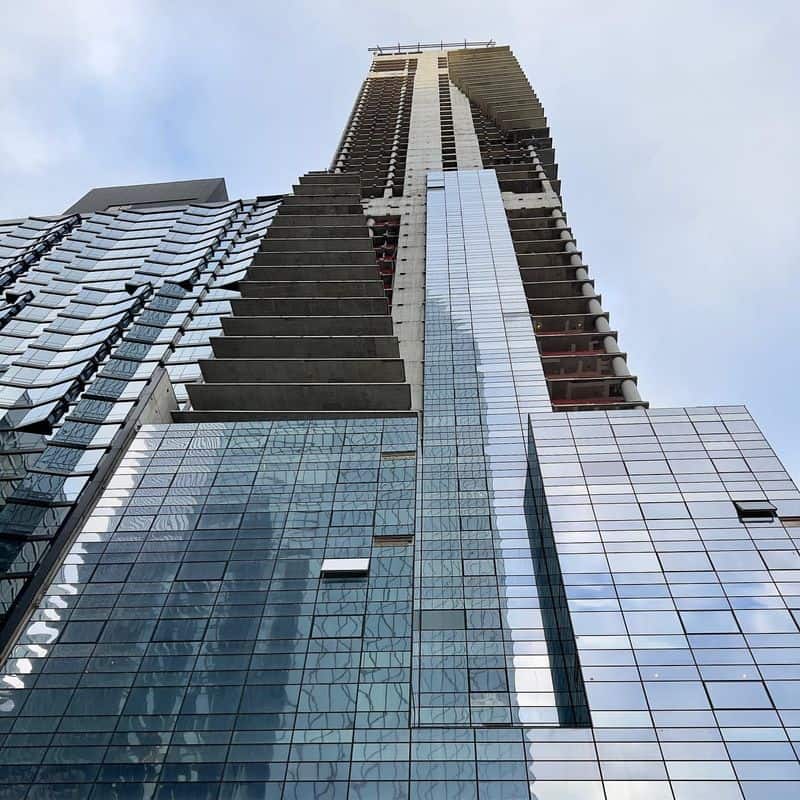
The incomplete status of this skyscraper is largely due to ongoing legal disputes centered around its foundation.
Lawsuits began as the lean’s implications became apparent, with developers, contractors, and insurers embroiled in a complex web of responsibility claims.
These legal challenges have stalled the project’s progress, leaving the structure unfinished since 2020.
The courtroom conflicts highlight the intricacies of building regulations and contractual obligations.
Stakeholders are caught in a challenging situation, balancing commercial interests with safety concerns.
This ongoing legal drama underscores the importance of thorough planning and accountability in urban construction projects.
3. Impact on Future Skyscraper Designs
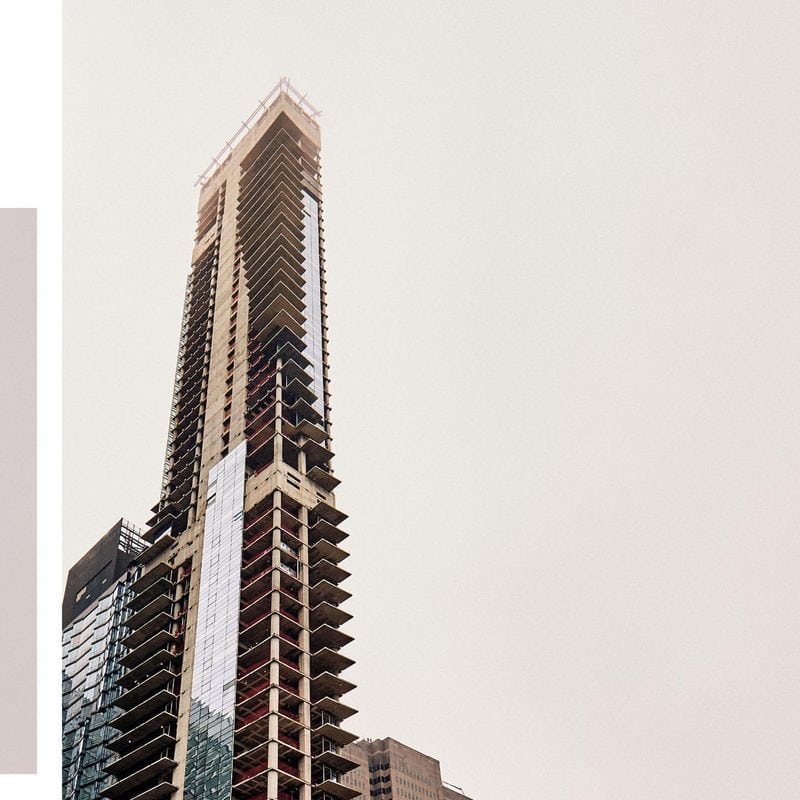
The leaning skyscraper saga has profound implications for the future of architectural design, especially in urban environments like New York City.
Engineers and architects are learning valuable lessons about the importance of rigorous testing and evaluation of new techniques.
This incident has sparked industry-wide dialogue about the risks associated with cutting-edge construction methods.
Consequently, there is now a stronger focus on ensuring stability and safety in skyscraper projects.
The architectural community is embracing a more cautious approach, blending innovation with proven practices.
This shift aims to prevent similar occurrences, safeguarding both investors and future residents.
4. The Unforeseen Construction Issues
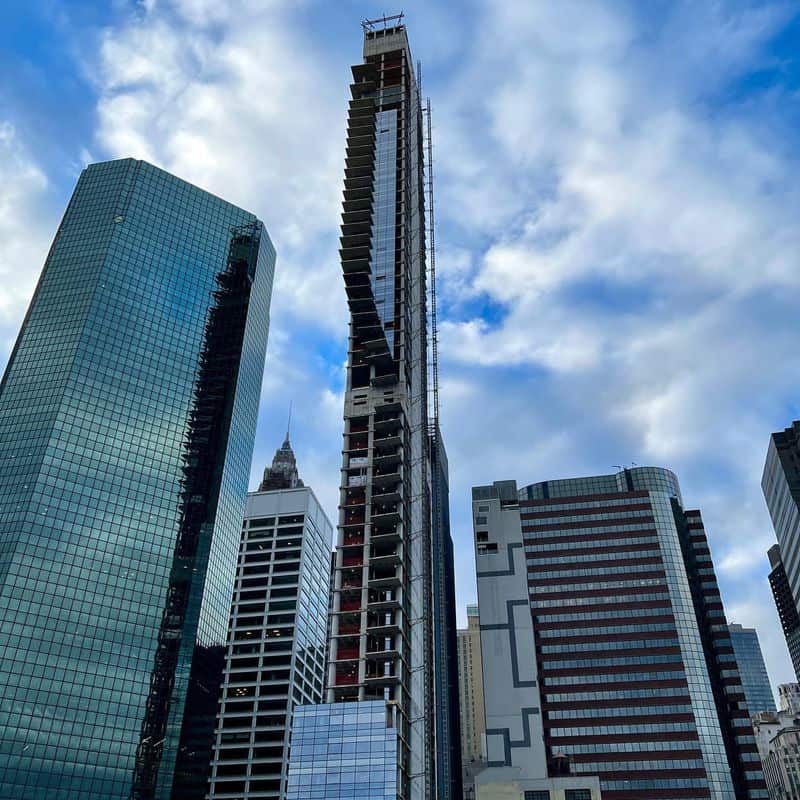
The ongoing debates and disputes surrounding the 161 Maiden Lane tower have underscored the complexities and challenges of urban engineering.
As cities continue to grow and evolve, designers and engineers must balance competing demands for safety, sustainability, and aesthetic appeal.
The story of this leaning tower serves as a reminder that even the most innovative and cutting-edge projects can be accompanied by unforeseen consequences.
5. Innovative Skyscraper Design
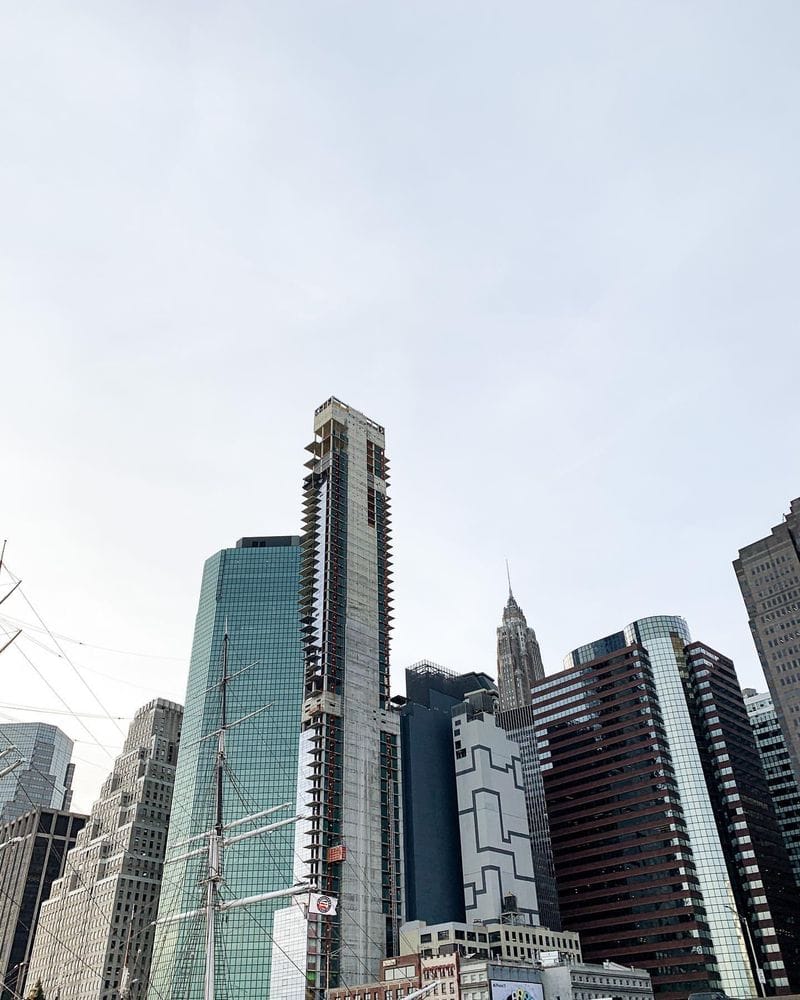
Despite the challenges it has faced, the 161 Maiden Lane tower remains an engineering marvel and a testament to the ingenuity and creativity of its designers.
While its distinctive lean may generate controversy and debate, it also serves as a reminder of the power of innovative design and the boundless potential of human imagination.
As the tower continues to stand as a striking landmark in the New York City skyline, its story serves as a fascinating example of the intricate dance between engineering, architecture, and the law.

